Page last updated:
Page last updated:
Safe Work Australia is inviting you to share your views on the development of guidance material to support changes to incident notification requirements under the model work health and safety (WHS) …
Page last updated:
Safe Work Australia (SWA) is developing a model Code of Practice which provides guidance for PCBUs (employers and organisations) on fatigue risks at work. This draft model Code of Practice has been developed with the support of Safe Work Australia Members …
Page last updated:
It’s been almost 5 years since the launch of the National Return to Work Strategy 2020-2030, our 10-year strategy to drive and leverage national action to improve return to work outcomes for workers with a work-related injury or illness. We’re now …
